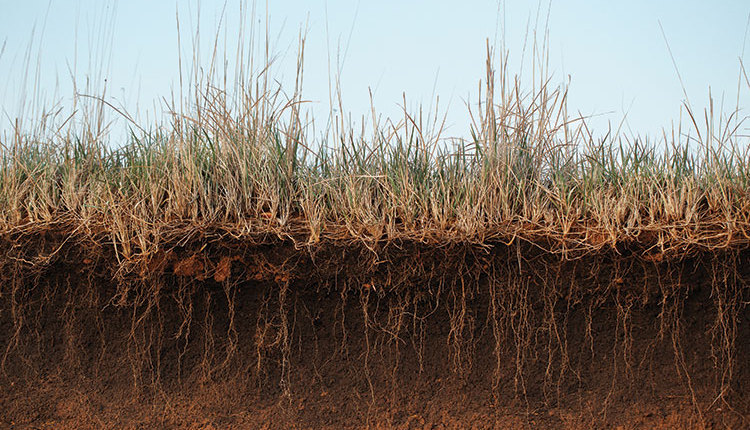
There’s no doubt a wet fall creates challenges when it comes to fieldwork. Extremely dry conditions raise the risk level for manure application as well. That’s because cracks can serve as a one-way street for manure to end up where it does not belong.
When applying nutrients to parched soils, producers need to take extra caution to prevent liquid manure from following soil cracks to field tile, wrote Glen Arnold in an Ohio State Extension C.O.R.N. Newsletter article. “Preferential flow is when liquid manure follows soil cracks, worm holes, and crayfish holes to find field tile and escape into ditches and streams,” explained the extension field specialist.
He said these cracks are common in dry wheat stubble fields. In these situations, tillage is a good practice before liquid manure is applied, but farmers should follow the guidelines laid out in their nutrient management plans.
Under the drought conditions facing parts of the country this year, corn and soybean fields can also have more and bigger soil cracks than what is typical. “If you have tile control structures, they should be closed at the time of manure application,” advised Arnold.
In addition, dry soil can be hard on equipment. Arnold noted that extremely dry soils cause excessive wear on shovels and coulters. One option to minimize this damage is to disk the field prior to manure application to assist with even coverage and quick absorption.
Applying manure to a growing crop makes best use of the available nitrogen, and manure can encourage the emergence of wheat or fall-planted cover crops, Arnold shared. For instance, dairy manure applied at 12,000 gallons per acre can provide moisture for wheat before or after planting. If using swine manure, which is higher in nitrogen, it should be applied a week ahead of wheat planting to avoid germination and emergence issues.
More nutrients are also captured from solid manure when applied to a growing crop. Use manure test results to determine the tons of manure to apply per acre, Arnold advised.
This article appeared in the November 2024 issue of Journal of Nutrient Management on page 13. Not a subscriber? Click to get the print magazine.







